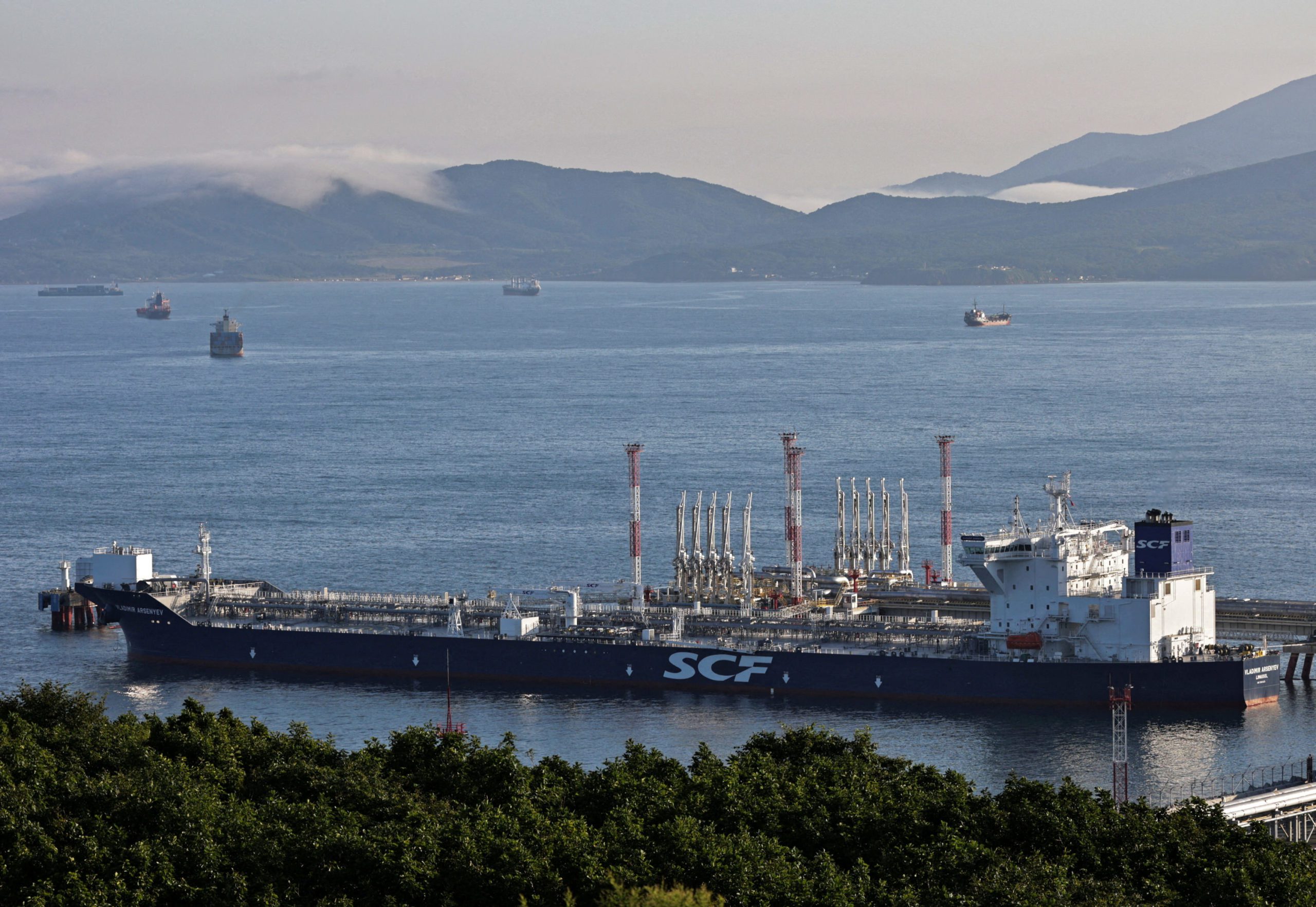The Arleigh Burke-class guided-missile destroyer, USS Carney, arrived back at Naval Station Mayport on Florida, marking the end of a historic seven-month deployment.
The ship was stationed in the areas of operation for the U.S. Naval Forces Europe – Africa and U.S. Naval Forces Central Command.
During its 235-day deployment, the USS Carney served as an air defense unit for strike group forces in the eastern Mediterranean and the Red Sea. It also worked closely with allies and partners during different missions. The ship made history as the first to intercept land-attack cruise missiles and unmanned aerial vehicles (UAV) launched by Houthi forces toward Israel in October 2023.
In the aftermath of the terrorist attacks in Israel on October 7, 2023, the USS Carney joined forces with the Gerald R. Ford and Dwight D. Eisenhower Carrier Strike Groups in the Red Sea. Their mission was to protect commercial shipping lanes, innocent merchant mariners, and vessels from the U.S., its allies, and partners against drone and missile attacks launched by the Iranian-aligned Houthis in Yemen.
In all, the USS Carney conducted 51 engagements against Houthi weapons, including land attack cruise missiles, anti-ship ballistic missiles, and unmanned systems. Two defensive strikes resulted in the destruction of 20 targets. The ship also successfully engaged Iranian ballistic missiles fired at Israel on April 13 in a retaliatory strike, alongside USS Arleigh Burke (DDG 51).
Secretary of the Navy Carlos Del Toro welcomed the ship and its crew back to Naval Station Mayport and awarded them a Navy Unit Commendation (NUC) for their exceptional performance against terrorist forces during their nearly eight-month deployment.
“Carney was deployed forward, deterring our adversaries, protecting our national interests, defending the rules-based international order, and promoting peace,” said Secretary Del Toro. “I, and all Americans, am immensely proud of these Carney Sailors. They represent the best of the Department of the Navy and indeed our Nation.”
Cmdr. Jeremy Robertson, Carney’s commanding officer, said he was “incredibly proud” of his team for their performance. “No matter the challenge, our crew was ready and demonstrated incredible professionalism, proficiency, and flexibility. Our missions required focus and grit, and the crew leaned on each other and took care of each other, as we will continue to do,” he said.
U.S. President Joe Biden also recognized Carney’s actions, and Chief of Naval Operations Adm. Lisa Franchetti welcomed the crew back to the United States on May 10, when the ship arrived in Norfolk, Virginia.
The USS Carney also responded to a distress call on Jan. 26 when an Iranian-backed Houthi terrorist attack struck the Marshall Islands-flagged oil tanker M/V Marlin Luanda. Carney provided assistance that helped to extinguish a fire in one of the ship’s cargo tanks, ensuring the ship’s survival with no lives lost.
Fire Controlman (AEGIS) 2nd Class Tyler Robinson reflected on the deployment, stating, “It brings me immense pride to see the weapon systems I was trained to operate prevail and make Carney the most lethal ship in the Navy.”
The U.S. 5th Fleet area of operations, where the USS Carney was stationed, includes about 2.5 million square miles of water area and comprises 20 countries. It encompasses the Arabian Gulf, Gulf of Oman, Red Sea, and parts of the Indian Ocean, including three critical choke points at the Strait of Hormuz, the Suez Canal, and the Strait of Bab al Mandeb at the southern tip of Yemen.

 Join The Club
Join The Club










